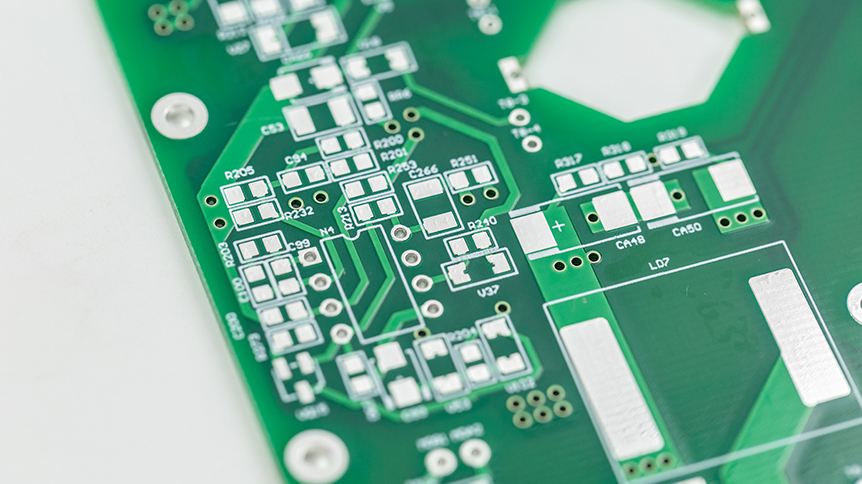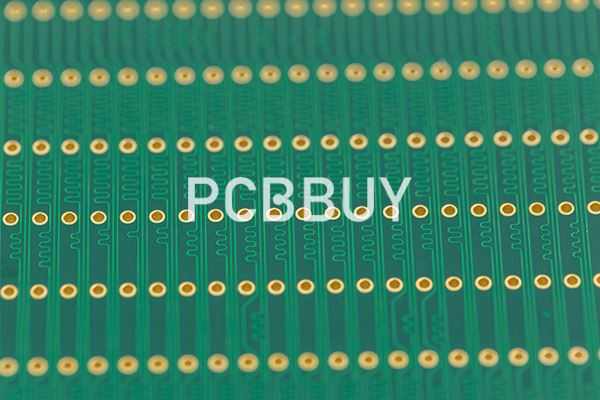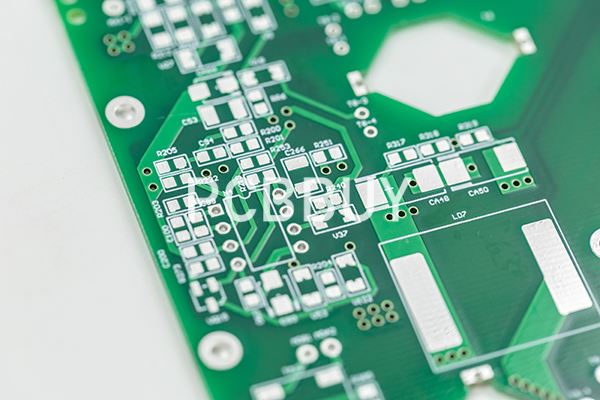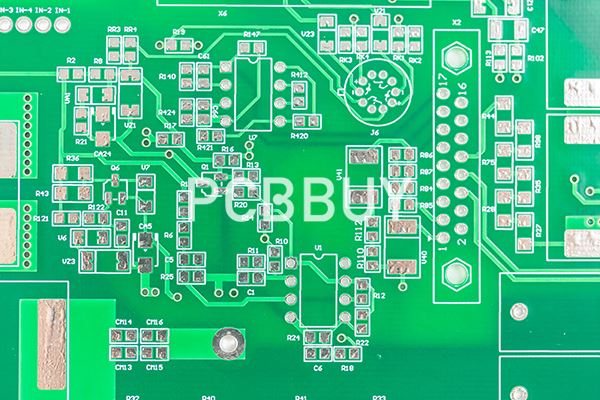How About AOI Testing for High Quality PCB Manufacturing?
By:PCBBUY 10/12/2023 17:42

Though we may often take these seemingly small optimizations for granted, one group that certainly does not are those developing computer vision (CV) systems. It has taken nearly a half-century for tools like automated optical inspection (AOI) testing to arrive at the point where they can recreate only a fraction of a human’s visual system. This fact shouldn’t be taken as criticism of AOI testing but an exhortation. Automated visual inspection for defects has already built a niche within the industry, and future advancements promise cost savings for manufacturers through greater detection sensitivity and faster speeds.

The Goldilocks of AOI Testing
AOI testing has historically comprised two modes of analysis: referential and design rule checks (DRC). The former, common in early inspection styles, use a “known good” board as a gold standard for all new inspection checks. The latter employs a more involved algorithm to check features for adherence to design rules defined at the outset of test procedures. A little more on each method:
Referential is quick and minimally intensive in terms of computational resources. A digitized image of the device under test (DUT) is compared pixel-by-pixel to that of the accepted board. Any significant deviation in the process would likely result in pixel differences that would trigger the detection system. The simple test parameters also mean that issues such as misalignment between the test and standard image can result in a loss in test confidence. More sophisticated attempts at comparing shapes and topologies of board features are under development but lack the speed and, therefore, throughput for high-volume lots.
DRC analysis visually scans the DUT for violations, similar to how a board file is validated during the layout phase. Although this inspection does not require a standard board for comparison and is less susceptible to errors arising from false positive and negative manufacturing defect sensing, it is far less expedient than referential AOI.
Seemingly, the only options are a high-speed AOI model that has the lowest rate of discernment and could lead to a costly recall should the boards encounter a high rate of field failure or more fine-tuned detection models that scale poorly with mass production.
A third way exists, combining the coarse, high-level comparison to the largest features of the board while allowing the more intuitive DRC evaluation to check smaller features. Allocating in this way ensures that each analysis technique only targets the areas it is best suited for in terms of sensitivity. Thereby it maintains accuracy and an adequate speed for high-volume runs.

A Surface-Level Treatment of AOI Testing Parameters
A basis for the AOI testing methodology has been described, but the field is barreling towards computer vision as the cutting-edge technology across the disparate branches of AOI implementations. CV, still only practically in its infancy, can be combined with deep neural network (DNN) practices to build automated inspection tools that are self-teaching and can improve detection rates with continued sampling.
Surprisingly, this level of tool sophistication is conceptually simple to understand but requires significant computational power for image processing. The model is trained first on images with a known assessment value as test prep. For CV related to PCB defect discovery, this test may be an image of correctly and incorrectly placed components or comparing the structure, wetting, and color of satisfactory and poor solder bonds, etc. The exact manner by which this is achieved – e.g., edge determination – will likely depend on the most effective method for the current imaging task at hand.
Overall, the success of detection will rely heavily on the quality of the image captured. Many factors go into providing an automated system with the requisite support:

Line vs. moving camera.
Moving cameras offer greater flexibility concerning the field of view (FoV) and offset angle. A line camera only allows for a single image at a constant resolution across the board. However, the line camera does not need to worry about a routing program for the camera head and is an inexpensive option that can produce images in faster times.
Telecentricity.
One of the major aspects of lens design is its ability to focus light or spread it over a larger area from the input. These types of lenses – convergent and divergent – impede the quality of images taken by automatic machinery as there will be some magnification effect and an inconsistent view between the center of the lens and its edges. To bolster the quality of the image, a telecentric lens is utilized that neither focuses nor disperses the light, it simply has waves pass through unabated in their original direction.
Illumination sources.
Different lighting options improve the contrast between a defect (or other feature of interest) and its surroundings.
Industry Category











